Strong Overall Market Growth but a Slowdown Looms
After six years of single digit percentage growth in the overall semiconductor market, 2017 saw almost 22% growth and 2018 year-to-date is up roughly 17% (based on numbers published by the world semiconductor trade statistics). The big growth driver the last two years has been … Read More
 Superhuman AI for Design Verification, Delivered at ScaleThere is a new breed of EDA emerging.…Read More
Superhuman AI for Design Verification, Delivered at ScaleThere is a new breed of EDA emerging.…Read More The Quantum Threat: Why Industrial Control Systems Must Be Ready and How PQShield Is Leading the DefenseIndustrial control systems (ICS) underpin the world’s most…Read More
The Quantum Threat: Why Industrial Control Systems Must Be Ready and How PQShield Is Leading the DefenseIndustrial control systems (ICS) underpin the world’s most…Read More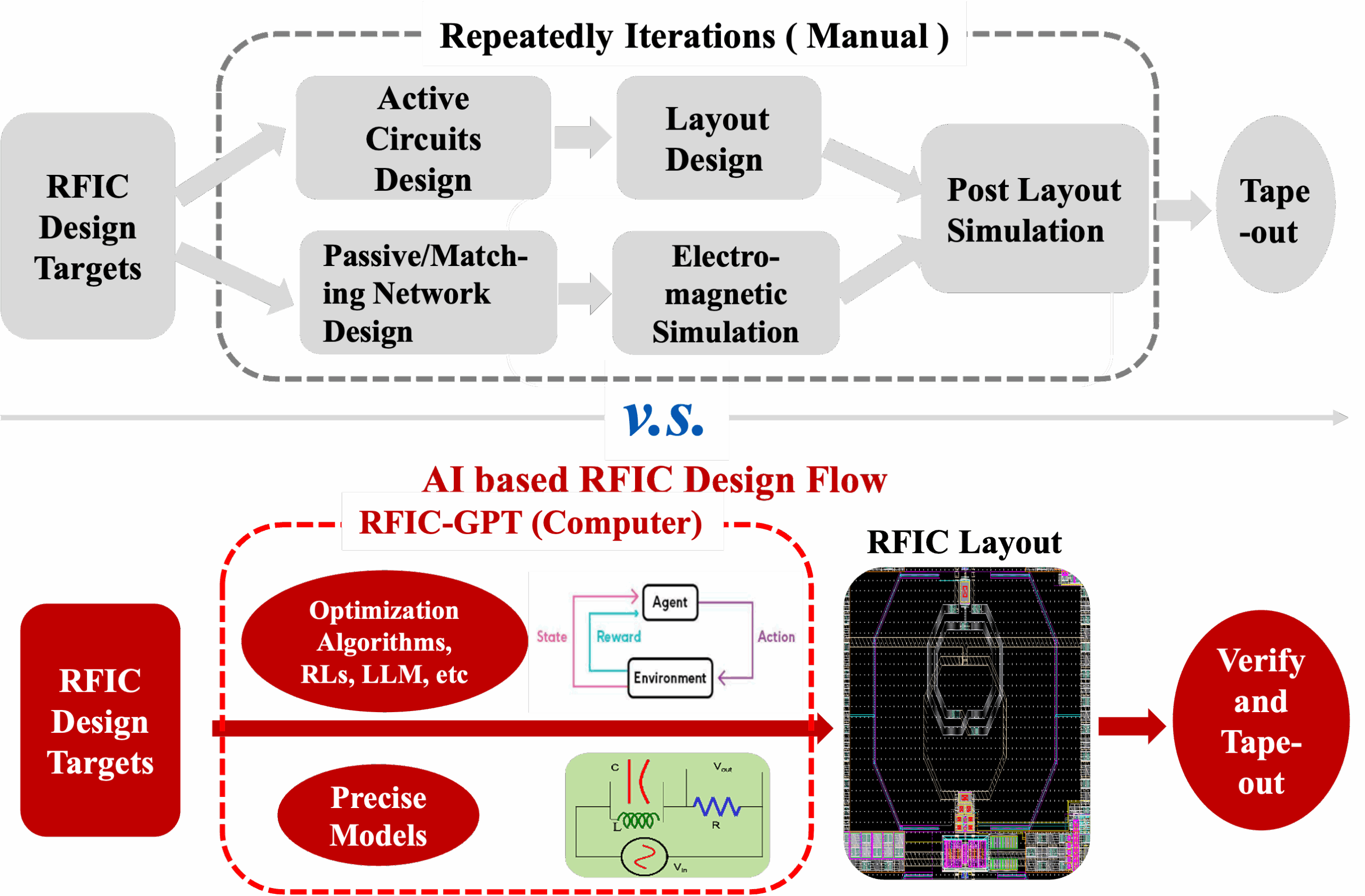 Radio Frequency Integrated Circuits (RFICs) Generated by AI Based Design AutomationBy Jason Liu, RFIC-GPT Inc. Radio frequency integrated…Read More
Radio Frequency Integrated Circuits (RFICs) Generated by AI Based Design AutomationBy Jason Liu, RFIC-GPT Inc. Radio frequency integrated…Read More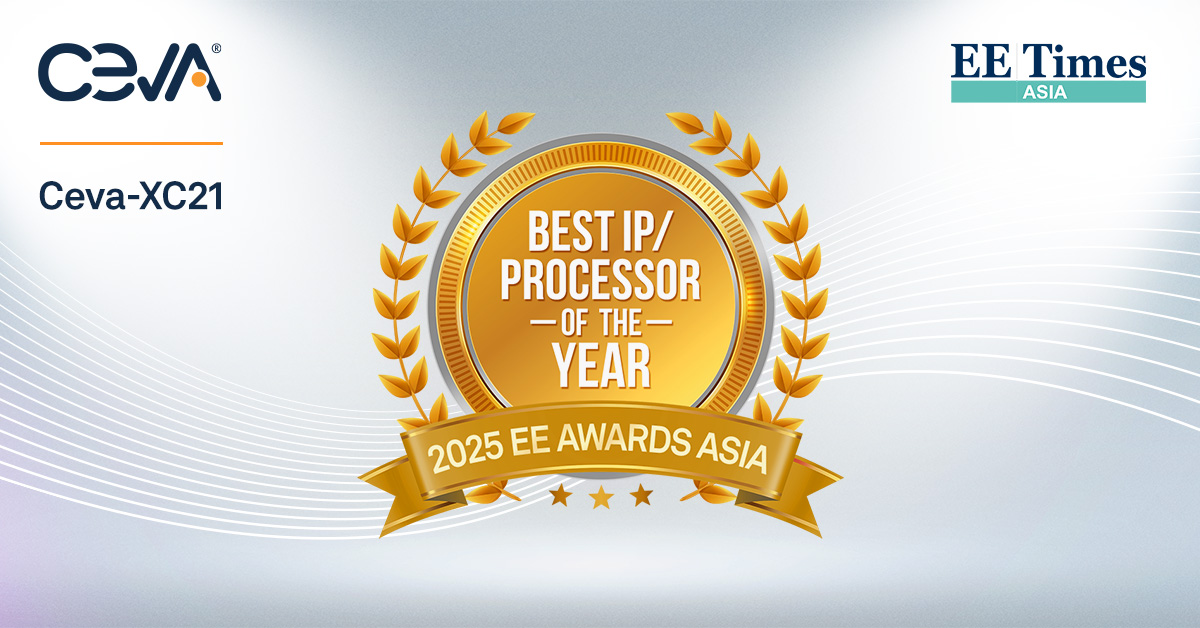 Ceva-XC21 Crowned "Best IP/Processor of the Year"In a resounding affirmation of innovation in semiconductor…Read More
Ceva-XC21 Crowned "Best IP/Processor of the Year"In a resounding affirmation of innovation in semiconductor…Read MoreApple as Apex of chip industry portends weaker 2019
On the first day of trading in the new year Apple just announced, after the close, that revenues will be lower than previously expected coming in at $84B versus the expected range of $89B to $93B and analyst estimates of the current quarter at $91.5B. Ugly….. The blame was laid squarely on China as slowing sales and trade tensions… Read More
Disturbances in the AI Force
In the normal evolution of specialized hardware IP functions, initial implementations start in academic research or R&D in big semiconductor companies, motivating new ventures specializing in functions of that type, who then either build critical mass to make it as a chip or IP supplier (such as Mobileye – intially)… Read More
Samsung vs TSMC 7nm Update
The semiconductor foundry business has gone through a dynamic transformation over the last 30 years. In the beginning the foundries were several process nodes behind the IDMs with little hope of catching up. Today the foundries are leading the process development race at 10nm – 7nm, and will continue to do so, absolutely.… Read More
Let The AI Benchmark Wars Begin!
Why benchmark competition enables breakthrough innovation in AI. Two years ago I inadvertently started a war. And I couldn’t be happier with the outcome. While wars fought on the battle field of human misery and death never have winners, this “war” is different. It is a competition of human ingenuity to create new technologies … Read More
The 7 Most Dangerous Digital Technology Trends
As our world embraces a digital transformation, innovative technologies bring greater opportunities, cost efficiencies, abilities to scale globally, and entirely new service capabilities to enrich the lives of people globally. But there is a catch. For every opportunity, there is a risk. The more dependent and entrenched… Read More
Semiconductor Metrology Inspection Outpacing Overall Equipment Market in 2018
As uncertainties mount about the near-term semiconductor industry from companies in Apple’s supply chain and the significant drop in memory chip prices, the semiconductor industry has consistently grown each year since the great recession of 2009. Semiconductor revenues have consistently outpaced semiconductor equipment… Read More
Designing a fully digitally controlled DC-DC buck converter
One of the unsung heroes of our digital world is the modest voltage converter. Batteries and wired power sources rarely match up with the supply needs for advanced ICs. Leading edge ICs have multiple voltage domains and very often, as in the case of processors, use dynamic voltage scaling to help conserve power. Looking at where … Read More
2019 the Year of Electrification
After two years of wrestling with and at least partially resolving fraud charges over its “defeat device” to manipulate emissions testing results, Volkswagen emerged in 2018 as the flag-bearer for electrification in the U.S. The company also concluded 2018 as the largest producer of passenger cars in the world.
In spite of or … Read More
Tackling Manufacturing Errors Early with CMP Simulation
CMP (Chemical Mechanical Planarization or also known as Chemical Mechanical Polishing) is a wafer fabrication step applied generally after a chemical deposition –intended to smoothen and to flatten (planarize) wafer surfaces with the combination of chemical and mechanical forces. Developed at IBM and since its introduction… Read More






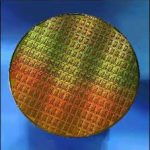
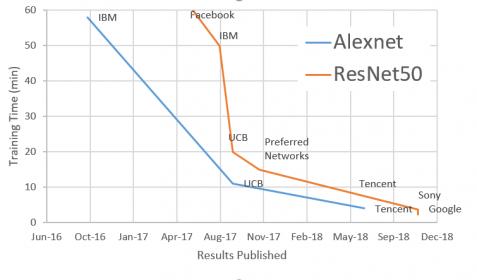

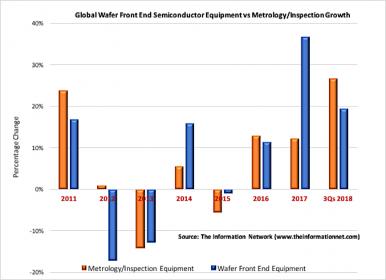

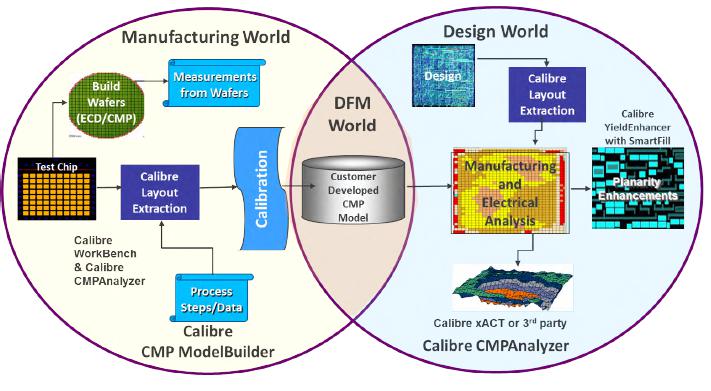
Quantum Computing Technologies and Challenges